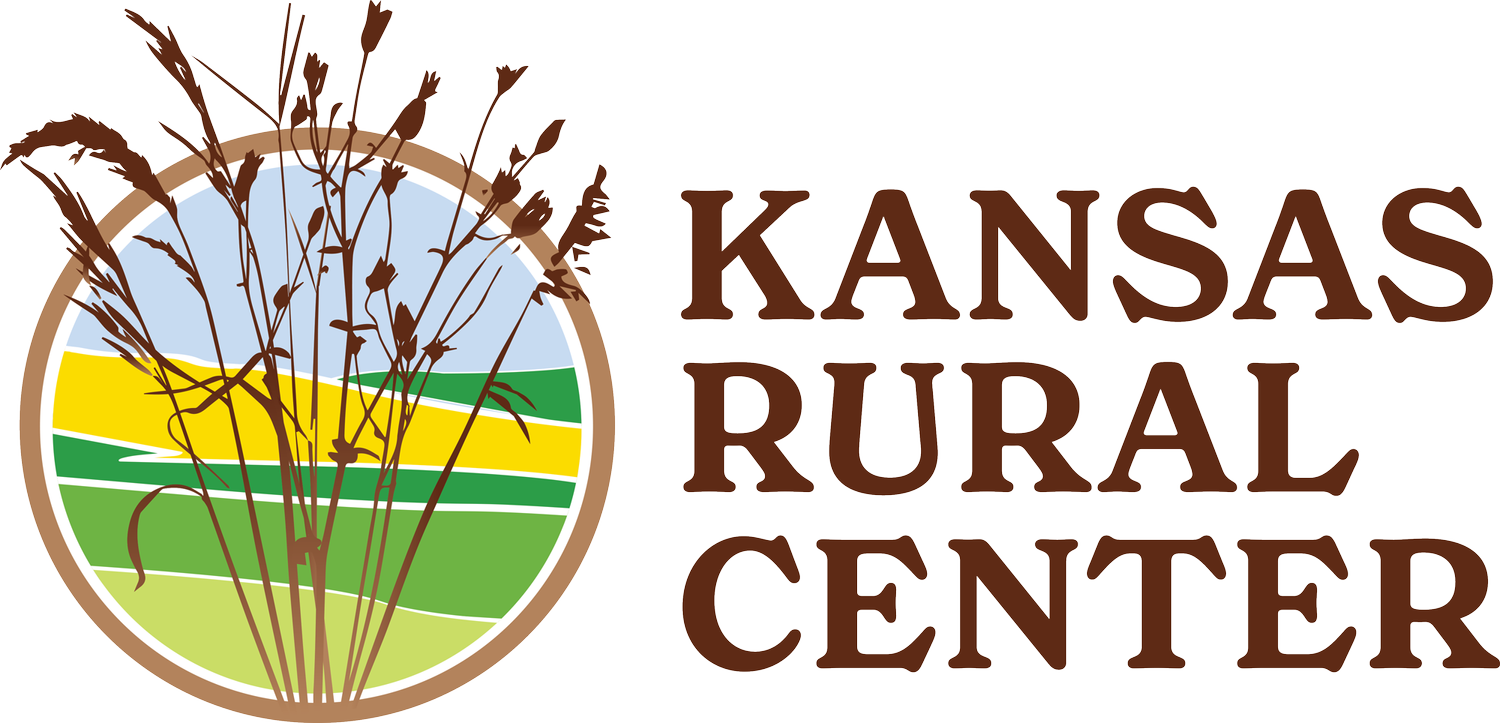A Study Between Heirloom and Hybrid Vegetable Varieties
Daryline Dayzie
Navajo Nation reservation
My name is Daryline Dayzie, and I am an Indigenous student at Kansas State University. I was born and raised on the Navajo Nation reservation. It is the largest tribal nation in northeastern Arizona, northwest New Mexico, and southeast Utah. Within the reservation, many residents live in a food desert community. Grocery stores take advantage of prices by overpricing fresh produce and canned goods. Others resort to traveling 100+ miles to the nearest Walmart to buy affordable essentials to last the rest of the month. Hauling water for my grandparents’ home and livestock are some challenges my people continue to face on the reservation.
The challenges my people go through are why I continue my education. From childhood to adulthood, my Navajo language was spoken and ceremonial practices were said to heal relatives. To this day, I carry my language and prayers for motivation. Most importantly, I keep my tribal teachings close as I continue my education. These teachings came from my parents and grandparents and were taught in the farm fields, at home and in ceremonies. The teachings were more than just learning how to respect nature and more than just offerings. They were the way of life and how we can take care of one another.
As I continue my educational journey, I am truly blessed to have attended both Haskell Indian Nation University as an undergrad and Kansas State University as a graduate student. They gave me a space where I could incorporate my tribal teaching into my research. The main driving force for me to include my homelands was food sovereignty. In the years 2021 and 2022, Kansas State University provided me with a 90x90 feet vegetable plot to do my research. Using this opportunity, I decided to grow both heirloom and hybrid varieties as they can benefit food desert communities. This research looks at yields in the case of having accessible food during dry conditions.
Daryine’s KSU Test Plot
In addition, food sovereignty is a crucial practice to continue the historical lineage of heirloom seeds and
to preserve the cultural background that tribal nations carry. Residents and tribal nations continue to face environmental conditions that create scarcity in heirloom vegetable production. Modern vegetable breeding, particularly hybridization, has improved yield, shelf
life, pests, and environmental durability. The purpose of this research is to understand and compare yield production of heirloom and hybrid tomatoes (Solanum lycopersicum) ‘Cherokee Purple’ vs. ‘Medusa’, Anaheim- chili peppers (Capsicum annuum) ‘Anaheim 118’ vs. ‘Changer’ and Butternut squash (Cucurbita moschata). ‘Neck Pumpkin’ vs. ‘Waltham’ vs. ‘Avalon.’ In addition, the butternut squash shelf life and Brix sugar content were recorded.
Furthermore, in my research, three sister gardens demonstration of corn, squash, and beans were planted in each corner of the plot. Before growing the vegetables, I prayed for good rain and a large harvest. In the mid- season, I harvested the corn pollen, as they are a sacred element for prayers. I currently use the corn pollen for my prayers, a prime example of me continuing my tribal teachings. With this research, I encourage other tribal students to continue or build food sovereignty within their community while including tribal values.




